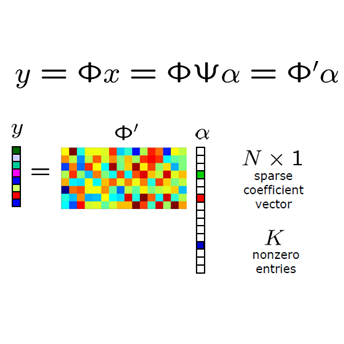The CSGM framework (Bora-Jalal-Price-Dimakis'17) has shown that deep generative priors can be powerful tools for solving inverse problems. However, to date this framework has been empirically successful only on certain datasets (for example, human faces and MNIST digits), and it is known to perform poorly on out-of-distribution samples. In this paper, we present the first successful application of the CSGM framework on clinical MRI data. We train a generative prior on brain scans from the fastMRI dataset, and show that posterior sampling via Langevin dynamics achieves high quality reconstructions. Furthermore, our experiments and theory show that posterior sampling is robust to changes in the ground-truth distribution and measurement process. Our code and models are available at: \url{https://github.com/utcsilab/csgm-mri-langevin}.
翻译:CSGM框架(Bora-Jalal-Price-Dimakis'17)已经表明,深层基因前科可以成为解决反面问题的有力工具。然而,迄今为止,这一框架仅在某些数据集(例如,人的脸和MNIST数字)上取得了经验上的成功,已知在分配之外的样本上表现不佳。在本文中,我们介绍了CSGM框架在临床MRI数据方面的首次成功应用。我们从快速MRI数据集对大脑扫描进行了基因前科培训,并表明通过Langevin动态进行后部取样可以实现高质量的重建。此外,我们的实验和理论表明,后部取样对于地面图象分布和测量过程的变化是强有力的。我们的代码和模型可以在以下网址上查到:\url{https://github.com/utcsilab/csgm-mri-langevin}。




